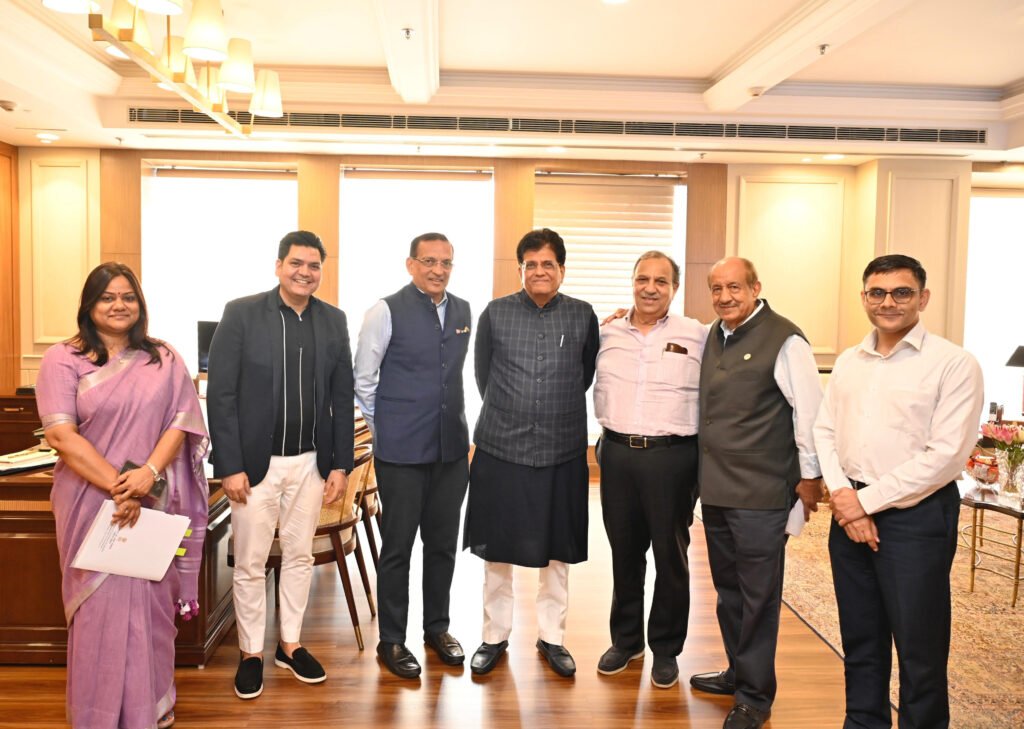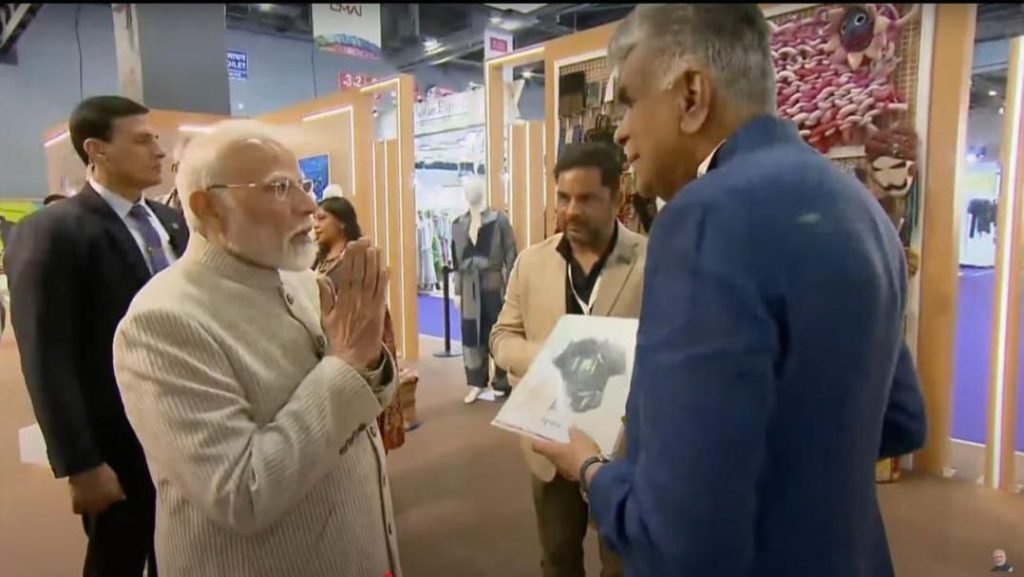
We’ve all seen the images: overflowing landfills with discarded clothes, rivers choked with microplastics, and textile factories spewing pollution. The fashion industry has a big environmental footprint, and creating sustainable fashion solutions is a complex challenge.
But wait, isn’t that cute recycled polyester dress you just bought sustainable? Maybe, kind of. Sustainability in fashion goes beyond a single product. It’s about the entire lifecycle, from raw materials to production, distribution, use, and finally, the end of a garment’s life. So, let’s delve into the hurdles we face in achieving truly sustainable fashion, for both businesses and consumers.
Challenges for Fashion Businesses and Brands
Making sustainable fashion possible is majorly in the hands of businesses and brands! However, it is quite challenging for them to implement the same. Here are some of the most common challenges faced by brands who are inclined to introduce sustainability in their business framework.
Cost
Sustainable materials like organic cotton or recycled polyester often cost more than conventional options. This can make it difficult for brands to keep prices competitive, especially for fast fashion.
In a market where there is a majority of brands that don’t engage in sustainable methods, certain brands that tend to implement sustainability find it quite difficult with putting up the costs involved.
And, as I said earlier, sustainability is not a one-off process. It should be integrated into the business framework and that would cost a lot more than operating a non-sustainable business model.
Transparency in the Supply Chain
Following the journey of a t-shirt from cotton field to clothing rack can be murky. Unethical labour practices and environmental damage can easily hide in complex supply chains.
Fashion businesses implementing sustainability have got to be transparent for various reasons! That might not be everyone’s cup of tea.
Scaling Up Sustainable Practices
New technologies and processes for eco-friendly dyeing or fabric production might be limited or expensive. Implementing these practices across a large clothing line can be a challenge.
When it comes to scaling, the challenge is both on cost and implementation!
Consumer Demand
While interest in sustainable fashion is growing, many consumers are still swayed by price and trendy styles. Creating a shift in consumer behavior takes time and education.
It is not an overnight process. At the same time, brands need to take the initiative in both implementing sustainable methods as well as creating awareness among their customers.
Challenges for Fashion Consumers
Higher Price Tags
Sustainable clothing often comes with a premium price tag. This can be a barrier for budget-conscious shoppers. Things will get easier for consumers only when sustainability becomes affordable.
Limited Availability
Finding truly sustainable brands and options might require more effort compared to mainstream fast fashion retailers. Due to the challenges involved with the brands, not every brand is willing to produce and market sustainable products.

Greenwashing
Not everything labelled “eco-friendly” is truly sustainable. Consumers need to be critical and research brands before buying. Since it is easy to fix a higher price for a sustainable product, some brands might use this sneaky trick.
Lack of Awareness
Many people simply aren’t aware of the environmental and ethical issues associated with fast fashion. It will take a long while before there is ample awareness among the consumers as well as the brands before sustainable fashion can become a casual thing.
So, what can be done?
There’s no one-size-fits-all solution, but here are some rays of hope:
- Innovation: The fashion industry is constantly evolving. New technologies and materials are emerging to address sustainability concerns.
- Transparency: Brands that prioritize ethical and sustainable practices are becoming more vocal about their supply chains.
- Circular Fashion: Concepts like clothing rental services and upcycling are gaining traction, giving clothes a longer lifespan.
What can YOU do?
- Educate Yourself: Learn about the impact of the fashion industry and research sustainable brands.
- Invest in Quality: Buy fewer, but higher-quality pieces that will last longer.
- Embrace Second-Hand: Thrift stores and vintage shops are treasure troves for unique and sustainable finds.
- Care for Your Clothes: Proper washing and storage extend the life of your garments.
The road to sustainable fashion is a long one, but by working together, businesses and consumers can create a more ethical and environmentally responsible industry.
Remember, every conscious decision you make, from the clothes you buy to how you care for them, contributes to a more sustainable future for fashion. Let’s look good, feel good, and do good for the planet.













